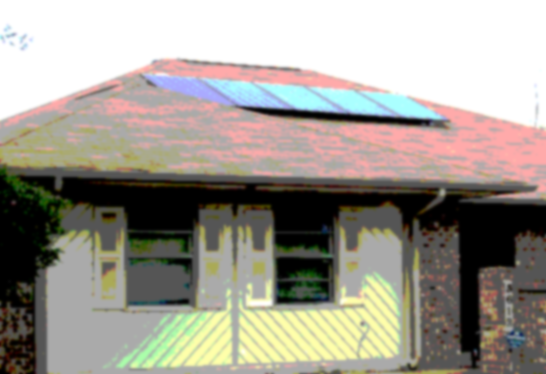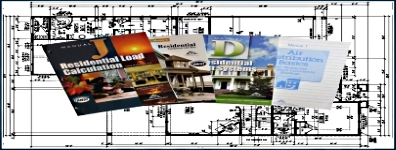What is Solar Photovoltaic (PV)?
As far back as history books go, people have devised ways to harness the sun’s energy and use its power.
In recent years, considerable research and progress has been made to harness solar energy to power our homes, making it more commonplace.
Unfortunately, not every home can support a solar system. An individual who is trained and experienced in solar PV system placement and setup should conduct an onsite evaluation in order to make this determination..
In addition to confirming local building and zoning codes, you will need to confirm whether your home owner association (HOA) allows installation of solar PV systems. Texas law does not allow HOAs to include or enforce provisions within their regulations, covenants or by-laws that prohibit or restrict homeowners from installing a solar energy device. However, exemptions exist for new subdivisions that are not completely built out, allowing the HOA or developer to prohibit the implementation and use of solar energy devices.

You will also want to make sure your home’s solar PV system is sized, oriented, installed and maintained correctly so you can maximize its performance. Some areas to consider include:
- The potential solar energy source you have – You want to first reduce the amount of energy you need by having a detailed audit of your home or building and making any improvements that reduce the amount of energy you consume.
- Consider what portion of your electricity needs you want your PV system to provide and work with your contractor to achieve this. You may need to get information from your utility company on your historical electricity usage.
- The size of the system to adequately handle your electricity needs – Accurately sizing your system is critical to its function, especially if you want to be completely off-grid because you won’t have any backup should you install a system that is too small. If your end goal is to simply reduce the amount of electricity you use, you can generally purchase a smaller PV system. Ask your installer if the system can be an integrated one that allows for additional panels to be added at a later time. You may also be able to go with a smaller system if you plan on combining both solar PV and wind generation.
- System siting or the location and required area of space needed for the system.
- Whether you want to be partially on the grid or completely off-grid.
- What you need to do to make sure the system is safe.
Installing an onsite generation system yourself is an option. However, we highly recommend choosing an experienced professional solar contractor to install the system. Make sure they have solid references and are properly licensed (an electrical license is required) or certified. You may also want to call your local city or county for information on licensing. If you would like to qualify for a solar rebate, some rebate programs require proper licensing or certification to qualify for the rebate.
Let Bluegill Energy’s trained and certified professionals make Energy Code and Green Building program compliance cost effective and easy for you!
Need more information?

 Residential Builder Services
Bluegill Energy’s certified professionals provide independent third-party consultation, inspection, commissioning,…
Learn More >
Residential Builder Services
Bluegill Energy’s certified professionals provide independent third-party consultation, inspection, commissioning,…
Learn More >

 Commercial Builder Services
Bluegill Energy’s staff of certified professionals provide independent, third-party consulting…
Learn More >
Commercial Builder Services
Bluegill Energy’s staff of certified professionals provide independent, third-party consulting…
Learn More >

 Enerlogic - HVAC Design Services
If you are seeking ways to lessen your energy consumption, lower your utility costs, become more Green and educate yourself on energy conservation all while providing financial security…
Learn More >
Enerlogic - HVAC Design Services
If you are seeking ways to lessen your energy consumption, lower your utility costs, become more Green and educate yourself on energy conservation all while providing financial security…
Learn More >
- Bluegill Energy |
- P: (281) 947-3724 |
- E: info@bluegillenergy.com
- Office: 738 Highway 6 S, Suite 900, Houston, TX 77079
- Mail: 2211 Rayford Rd, Suite 111-213, Spring, TX 77386
Copyright © 2016 Bluegill Inc. | All Rights Reserved










